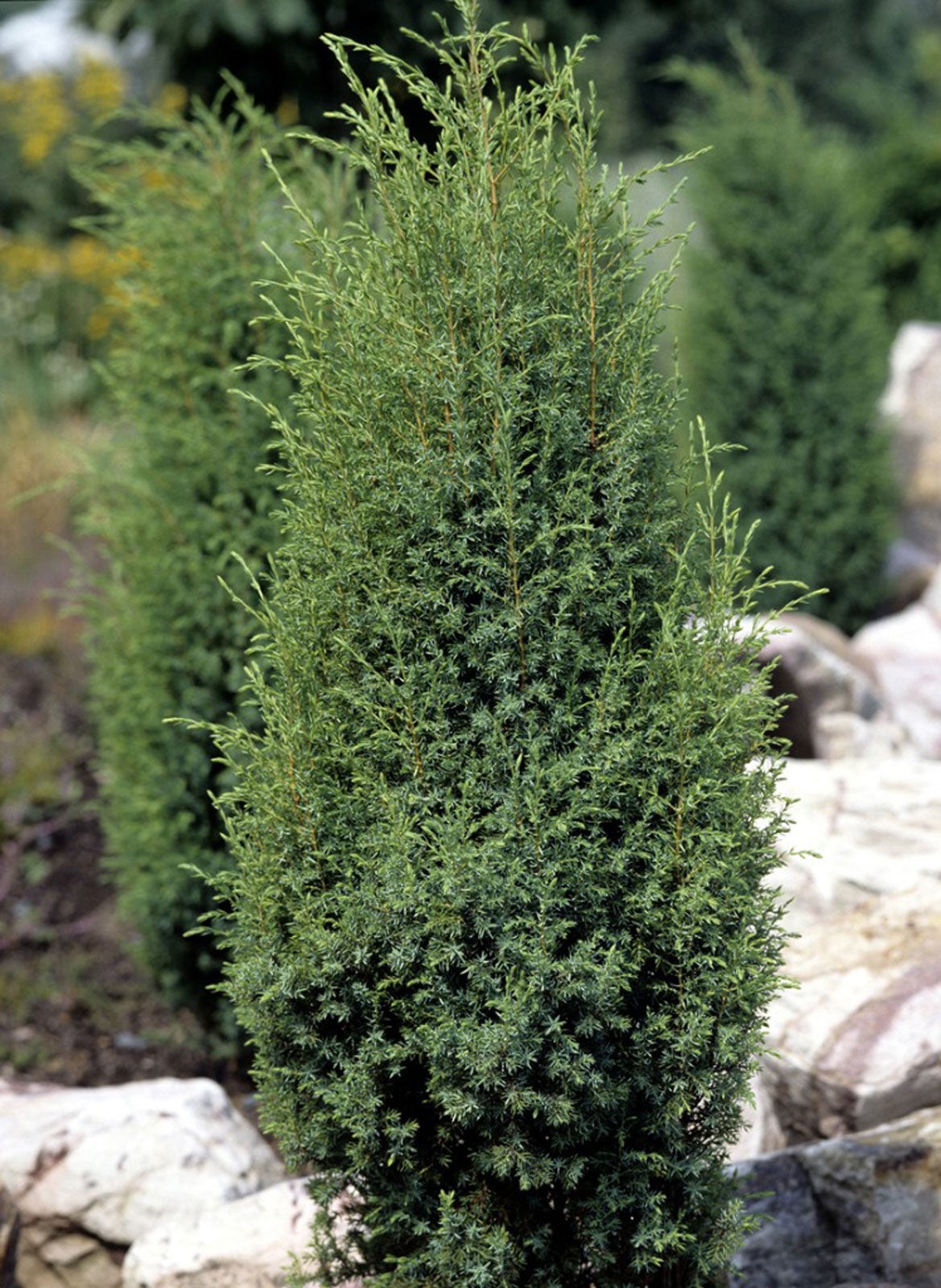Southwestern Conifers – Can You Grow Conifer Trees In Desert Regions


Coniferous trees are evergreens like pine, fir, juniper, and cedar. They are trees that bear seeds in cones and do not have true flowers. Conifers are wonderful additions to a landscape since they retain foliage all year long.
If you live in the southwestern section of the country, you’ll find a large selection of conifers to choose from. There are even conifer plants for desert areas.
Read on for more information about these southwestern conifers.
Choosing Conifers for the Southwest
Conifers can be beautiful specimen trees for landscape planting, but they also serve well in groups as privacy screens or windbreaks. It’s important to take care when selecting conifers for the backyard to ensure the mature size of the tree fits in the site you have in mind. As conifer needles can be highly flammable, you may not want one too close to your home either.
Climate is another consideration. While many conifer trees thrive in cool areas of the country, there are also conifer trees in desert regions. If you live in the hot, dry areas of the Southwest, you’ll want to select coniferous plants for deserts or those that thrive in hot, dry climates.
Popular Southwestern Conifers
Arizona, Utah, and neighboring states are known for their hot, dry summers but that doesn’t mean that you won’t find conifers. Pine trees (Pinus spp.) are a good example since you can find both native and non-native pine trees that grow here.
In fact, of the 115 species of pine, at least 20 can thrive in southwestern climates. Pines that are native to the area include limber pine (Pinus flexilis), ponderosa pine (Pinus ponderosa), and southwestern white pine (Pinus strobiformis).
Gardening tips, videos, info and more delivered right to your inbox!
Sign up for the Gardening Know How newsletter today and receive a free copy of our e-book "How to Grow Delicious Tomatoes".
Two relatively small pines that work well as southwestern conifers include Japanese black pine (Pinus thunbergiana) and pinyon pine (Pinus edulis). Both grow very slowly and top out at 20 feet (6 m.).
Other coniferous plants for desert areas include juniper, spruce, and fir. It is often safest to plant evergreen species that are native to the region, as non-native conifers may require a lot of irrigation and be picky about soil.
Juniper species that are native to this region include common juniper (Juniperus communis), a tough, drought tolerant native shrub, and Rocky Mountain juniper (Juniperus scopulorum), a small tree with blue-green foliage.
If you prefer spruce, there are a few that are native southwestern conifers. The most common is Engelmann spruce (Picea engelmannii), but you could also try blue spruce (Picea pungens).
Other coniferous trees in desert regions include fir. Douglas fir (Pseudotsuga menziesii), subalpine fir (Abies lasiocarpa), and white fir (Abies concolor) are native southwestern conifers that grow in mixed conifer forests in that region.

Teo Spengler is a master gardener and a docent at the San Francisco Botanical Garden, where she hosts public tours. She has studied horticulture and written about nature, trees, plants, and gardening for more than two decades. Her extended family includes some 30 houseplants and hundreds of outdoor plants, including 250 trees, which are her main passion. Spengler currently splits her life between San Francisco and the French Basque Country, though she was raised in Alaska, giving her experience of gardening in a range of climates.